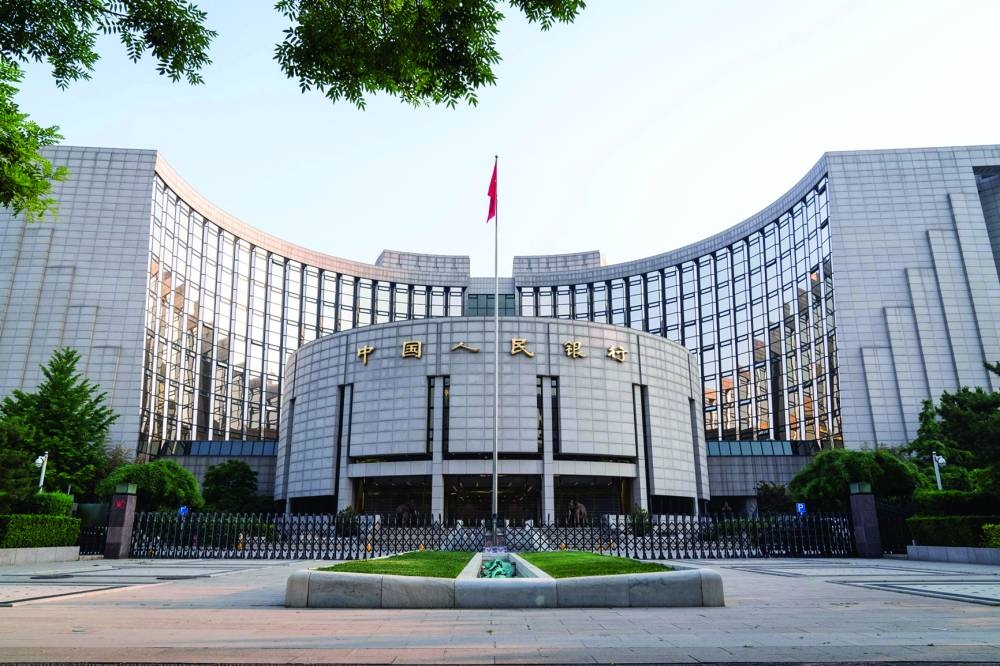The People’s Bank of China (PBoC) injected nearly $50bn worth of low-cost funds into policy-oriented banks last month, suggesting the central bank may be ramping up financing for housing and infrastructure projects to support the economy.
The outstanding amount of the PBoC’s Pledged Supplemental Lending programme to policy banks climbed to 3.25tn yuan ($456bn) at the end of December from 2.9tn yuan in the previous month, the central bank said in a statement. The net injection of 350bn yuan was the largest increase via the tool since November 2022.
The PSL programme is seen as an important tool in Beijing’s arsenal, which the government can use to shore up the property sector and stabilise growth this year.
Markets have been expecting the central bank to use the money to drive construction of public housing in a bid to alleviate a multi-year property slump that’s hammered consumer confidence.
Bloomberg News reported in November that policymakers were planning to provide 1tn yuan in low-cost central bank funding in phases to help programs focused on affordable housing and the renovation of urban villages. Officials were considering using the PSL programme or special loans.
“The PSL programme is the most direct and efficient way to transmit funds to the economy,” said Xing Zhaopeng, senior China strategist at Australia & New Zealand Banking Group Ltd. “It will be significant to the economy if its size can expand” from the reported 1tn yuan, he said.
The use of PSL may replace some other forms of stimulus, according to Xing. He sees a “very slim” chance of a cut to banks’ reserve requirement ratio by the PBoC in the first quarter due to ample injections via PSL and one-year policy loans.
He also predicts an official budget deficit of only 3% for this year — lower than market expectations of above 3.5%. The PSL funds can be seen as “quasi-fiscal” spending off the government’s official budget, Xing added.
The PSL tool has a controversial history. It was last used heavily between 2014 and 2019 for the rebuilding of shantytowns, as it helped halt a property slump but at the same time inflated home price bubbles. Some economists called it “helicopter money” or “Chinese-style quantitative easing” back then.
The program was again briefly used at the end of 2022 to help policy banks like China Development Bank provide funding to infrastructure projects, which totalled 740bn yuan and drove even more investment. The PBoC provided about 500bn yuan in PSL loans over the last three months of 2022.
China Development Bank — one of the policy banks, which are driven by government priorities more than profits — extended a loan to an affordable housing construction project in the southeastern province of Fujian last month.
The lender issued a 10mn yuan loan to support the construction of a 700-unit project, and committed an overall credit line of 202mn yuan, according to local media reports.
The interest rate on the PSL loans was 2.4% at the end of September, lower than the one-year policy rate and the benchmark lending rate of banks.

The People’s Bank of China headquarters building in Beijing. The PBoC injected nearly $50bn worth of low-cost funds into policy-oriented banks last month, suggesting the central bank may be ramping up financing for housing and infrastructure projects to support the economy.
